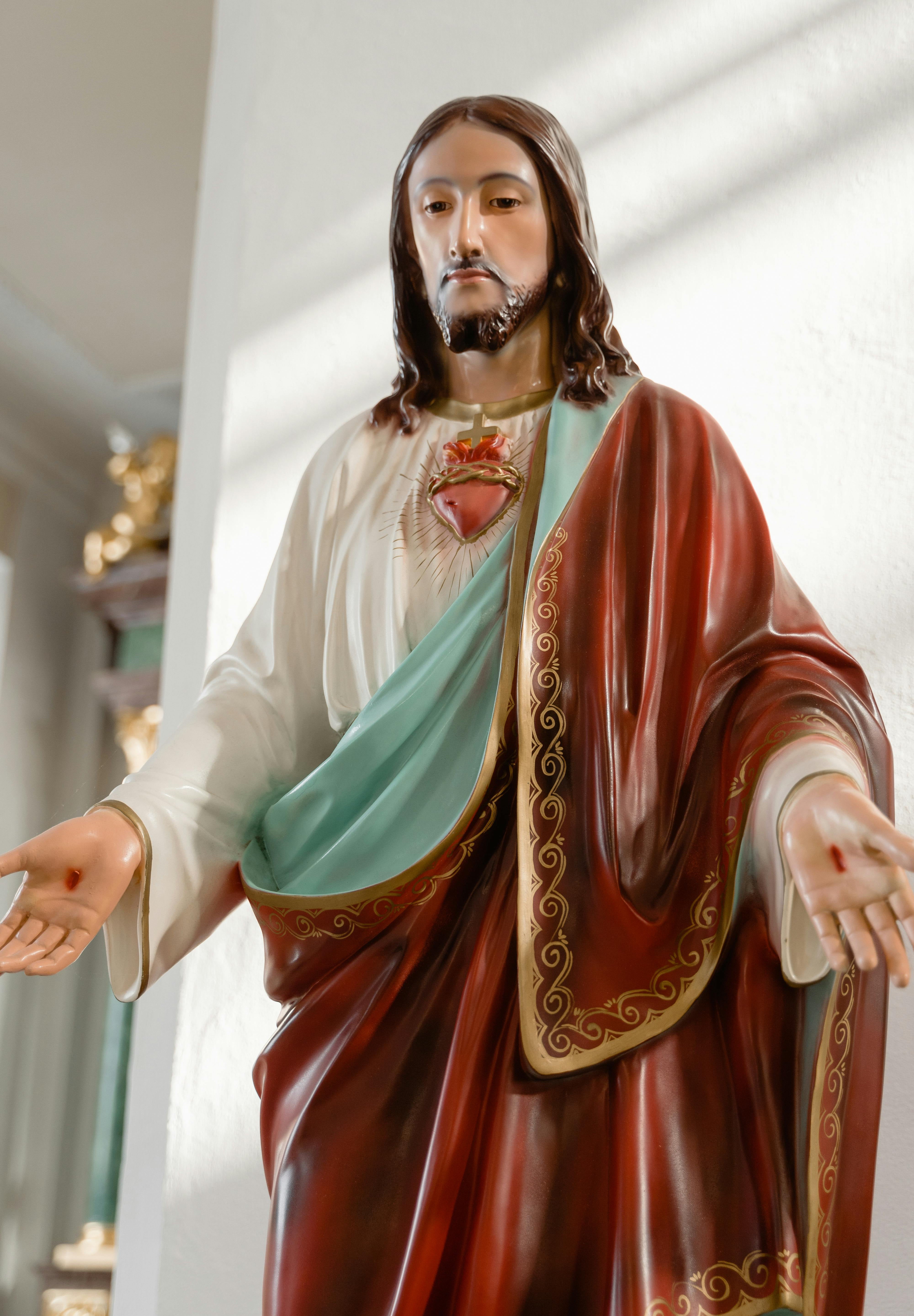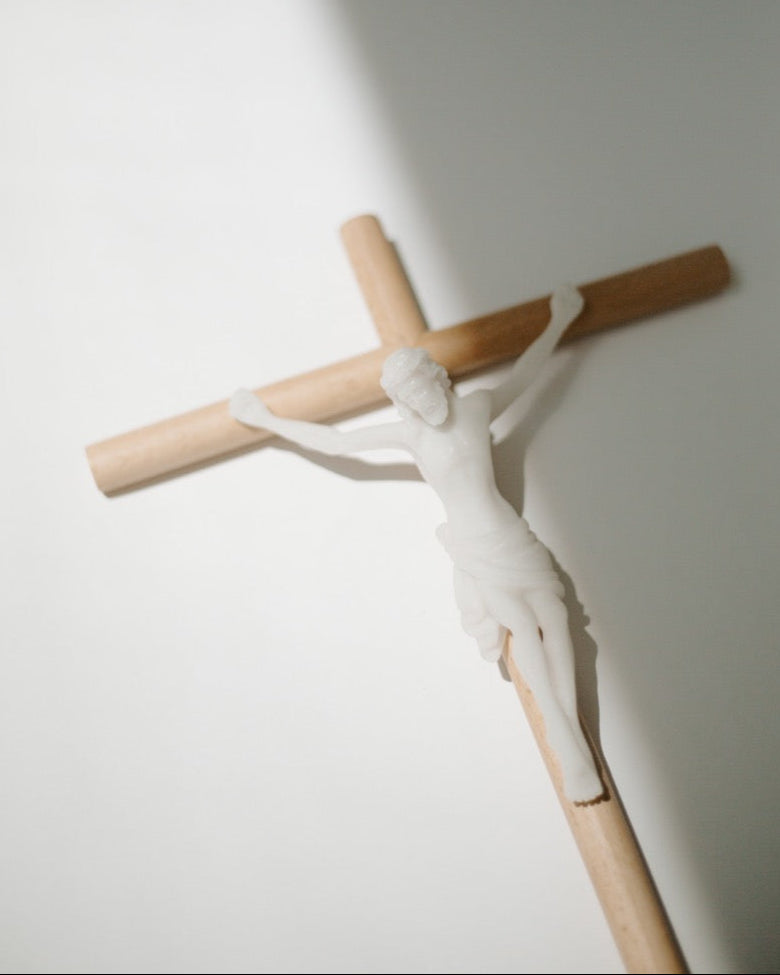Do Catholics Worship Statues?
One of the most common misconceptions about Catholicism is that Catholics worship statues. This misunderstanding often arises from observing Catholic practices involving statues and images, such as bowing, lighting candles, or offering prayers in their presence. However, the truth is that Catholics do not worship statues or images; instead, they use them as tools to deepen their connection with God and the saints.

Understanding Catholic Teachings
The Catholic Church's teachings make a clear distinction between worship (which is reserved for God alone) and veneration (which can be given to saints or sacred images). Worship, also known as latria, is the adoration owed only to God — the Father, Son, and Holy Spirit. On the other hand, veneration, or dulia, is a way of showing honor and respect.
When Catholics use statues or images, they are not directing their worship toward the physical object. Instead, they are honoring the person the image represents, much like how a photograph reminds someone of a loved one.
Biblical Context
Critics often cite passages such as Exodus 20:4-5, which says, "You shall not make for yourself a carved image or any likeness of anything... You shall not bow down to them or serve them," to argue against the use of statues. However, context is key. This commandment forbids the creation of idols — objects worshipped as gods. It does not prohibit religious art used to inspire devotion.
In fact, the Bible contains instances where God commands the creation of sacred images. For example:
- The Ark of the Covenant: God instructed Moses to create cherubim (angelic figures) for the Ark (Exodus 25:18-22).
- The Bronze Serpent: God commanded Moses to make a bronze serpent to heal the Israelites (Numbers 21:8-9).
These examples show that images can have a rightful place in worship when used appropriately.
The Role of Statues in Catholic Worship

Statues in Catholicism serve several purposes:
-
Visual Reminders: Statues of Jesus, Mary, and the saints provide a tangible reminder of their lives and virtues. They help Catholics focus their thoughts and prayers, drawing their attention to the heavenly realities these figures represent.
-
Teaching Tools: In the early Church, many people were illiterate. Statues, stained glass, and other sacred art served as visual aids to teach Biblical stories and Christian values.
-
Inspiration: Statues inspire Catholics to emulate the virtues of the saints and deepen their relationship with God. Our Immaculate Heart Rosary inspires many to deepen their prayer life and depend on the Lords Immaculate Heart!
Common Catholic Practices
Some practices involving statues might be misunderstood as worship but are actually expressions of veneration:
- Bowing or Kneeling: These gestures show respect, not worship. Just as one might kneel to propose or bow before a monarch, Catholics kneel to honor God and His saints.
- Lighting Candles: Candles symbolize prayers rising to heaven, not worship of the statue itself.
- Placing Flowers: Offering flowers is an act of love and respect, much like honoring a loved one’s memory.
Addressing Misconceptions
To fully understand the Catholic perspective, it’s essential to consider intent. Catholics recognize that statues are not divine and have no power in themselves. Instead, these objects serve as bridges to deeper spiritual realities.

Conclusion
Catholics do not worship statues; they use them as sacred tools to draw closer to God, honor the saints, and inspire their faith. The practice is deeply rooted in Biblical tradition and Church teachings, emphasizing the importance of honoring God above all. By understanding the true purpose behind these practices, one can appreciate the beauty and depth of Catholic devotion.






